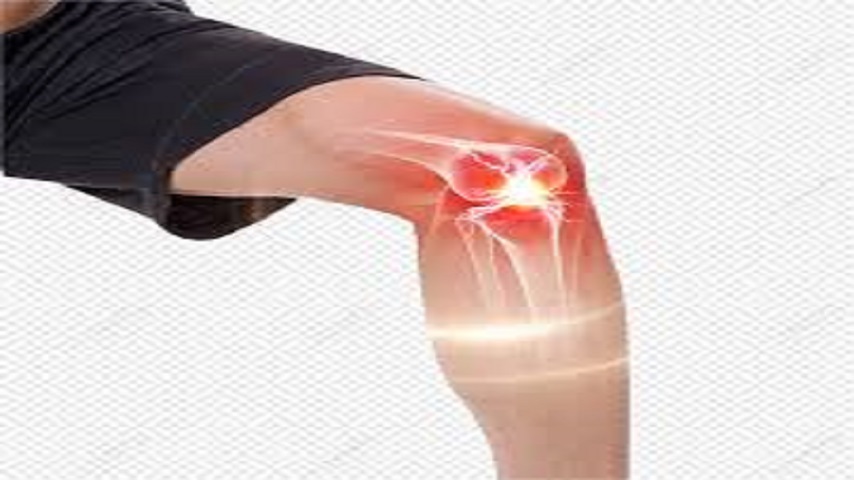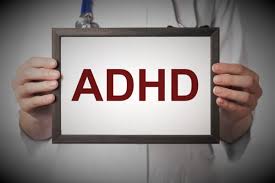Back and muscle pain are common afflictions that affect millions worldwide, disrupting daily life and hindering productivity. Understanding the underlying causes, recognizing the symptoms, and employing effective treatment strategies are crucial for alleviating these conditions. In this comprehensive guide, we will explore the complexities of back and muscle pain and outline evidence-based strategies for effective treatment.
Pain o soma 350 its potent muscle relaxant properties, it works swiftly to alleviate discomfort and restore flexibility, allowing you to get back to living life to the fullest. Say goodbye to muscle-related woes and embrace the comfort and relief offered by Pain O Soma 350mg. Patients need to see this medicine if they have any pain in their muscles and bones. Infections, injuries, and diseases can give rise to muscle aches.
Understanding the Causes of Back and Muscle Pain
Muscle Strain and Ligament Sprain
One of the primary causes of back and muscle pain is muscle strain or ligament sprain. This occurs when muscles or ligaments are overstretched or torn due to sudden movements, heavy lifting, or repetitive stress. Muscle strain is often characterized by localized pain, stiffness, and muscle spasms, while ligament sprain typically involves swelling and bruising.
Herniated Discs and Degenerative Disc Disease
The spinal discs act as cushions between the vertebrae, but when these discs herniate or degenerate, they can cause significant pain. Herniated discs occur when the inner gel-like core of the disc protrudes through the outer layer, pressing on nearby nerves. Degenerative disc disease involves the gradual breakdown of discs, leading to chronic pain and reduced mobility.
Prosoma 350 is a medicine that contains an active ingredient called carisoprodol. It is classified as a muscle relaxant that is used to treat muscular spasms and other muscle-related pain. Carisoprodol works by affecting the nerve transmission in the central nervous system, due to that it results in muscular relaxation. Side effects associated with Prosoma 350 include drowsiness and sedation. Other side effects include headache and dizziness.
Sciatica
Sciatica refers to pain that radiates along the path of the sciatic nerve, which runs from the lower back through the hips and down each leg. This condition is often caused by a herniated disc or bone spur compressing part of the nerve, resulting in inflammation, pain, and numbness in the affected leg.
Arthritis
Osteoarthritis and rheumatoid arthritis are common types of arthritis that can affect the spine and surrounding muscles. Osteoarthritis involves the wear and tear of cartilage, leading to bone-on-bone friction and pain. Rheumatoid arthritis is an autoimmune disorder that causes inflammation of the joints, resulting in pain and stiffness.
Other Contributing Factors
Additional factors that can contribute to back and muscle pain include poor posture, obesity, sedentary lifestyle, and psychological stress. Poor posture can strain muscles and ligaments, while obesity adds extra stress to the spine. A sedentary lifestyle weakens muscles, making them more prone to injury. Psychological stress can lead to muscle tension and pain.
Recognizing the Symptoms of Back and Muscle Pain
Acute vs. Chronic Pain
Acute pain is sudden and typically lasts less than six weeks. It is often sharp and intense, usually resulting from injury or strain. Chronic pain persists for more than three months and can be constant or intermittent. It may result from an underlying medical condition or unresolved acute pain.
Localized vs. Radiating Pain
Localized pain is confined to a specific area, such as the lower back or neck. Radiating pain spreads from the source to other parts of the body, such as pain that travels down the leg in sciatica.
Additional Symptoms
Other symptoms that may accompany back and muscle pain include muscle stiffness, limited range of motion, muscle spasms, and difficulty standing or sitting for extended periods. In cases of nerve involvement, symptoms may also include tingling, numbness, and weakness in the limbs.
Strategies for Effective Treatment
Physical Therapy and Exercise
Physical therapy is a cornerstone of treatment for back and muscle pain. A physical therapist can design a customized exercise program to strengthen the muscles supporting the spine, improve flexibility, and reduce pain. Core strengthening exercises, stretching routines, and aerobic conditioning are often included in therapy programs.
Medication
Various medications can help manage pain and inflammation. Nonsteroidal anti-inflammatory drugs (NSAIDs), such as ibuprofen and naproxen, are commonly used to reduce inflammation and relieve pain. Muscle relaxants can alleviate muscle spasms, while opioids may be prescribed for severe pain under strict medical supervision. Topical analgesics and corticosteroid injections can also provide localized pain relief.
Manual Therapy
Chiropractic care and massage therapy are popular manual therapies for back and muscle pain. Chiropractors use spinal manipulation to improve alignment and relieve pain. Massage therapy can reduce muscle tension, improve circulation, and promote relaxation.
Acupuncture
Acupuncture involves the insertion of thin needles into specific points on the body to stimulate nerves and muscles. This ancient practice is believed to release natural pain-relieving chemicals and improve energy flow, offering relief for chronic pain conditions.
Heat and Cold Therapy
Heat therapy, such as warm baths, heating pads, and heat wraps, can relax muscles and improve blood flow, reducing pain and stiffness. Cold therapy, including ice packs and cold compresses, can numb sharp pain and reduce inflammation.
Lifestyle Modifications
Making lifestyle changes can significantly impact the management of back and muscle pain. Maintaining a healthy weight reduces strain on the spine, while regular exercise keeps muscles strong and flexible. Ergonomic adjustments in the workplace and home can prevent strain and injury. Practicing stress management techniques, such as mindfulness and deep breathing, can reduce muscle tension.
Surgical Options
Surgery is considered a last resort for back and muscle pain, typically reserved for cases where conservative treatments have failed, and there is significant structural damage. Common surgical procedures include discectomy (removal of herniated disc material), laminectomy (removal of part of the vertebra), and spinal fusion (joining of two or more vertebrae).
Preventive Measures
Maintaining Good Posture
Good posture is essential for preventing back and muscle pain. Keep your shoulders back, ears over your shoulders, and feet flat on the floor when sitting. Use chairs that support the natural curve of your spine and take frequent breaks to stretch and move around.
Regular Exercise
Engage in regular physical activity to strengthen muscles, improve flexibility, and maintain a healthy weight. Focus on exercises that enhance core strength, such as yoga, Pilates, and resistance training.
Proper Lifting Techniques
When lifting objects, use your legs instead of your back. Keep the object close to your body, bend your knees, and avoid twisting your torso. Use assistive devices or ask for help when lifting heavy items.
Healthy Lifestyle Choices
Adopt a healthy lifestyle by maintaining a balanced diet, staying hydrated, and getting adequate sleep. Avoid smoking, as it can impair blood flow and delay healing. Manage stress through relaxation techniques and maintain social connections to support overall well-being.
In conclusion, back and muscle pain can be debilitating, but with a comprehensive understanding of the causes, recognition of symptoms, and implementation of effective treatment strategies, relief is achievable. By incorporating physical therapy, medication, manual therapy, acupuncture, lifestyle modifications, and preventive measures, individuals can manage pain and improve their quality of life.





